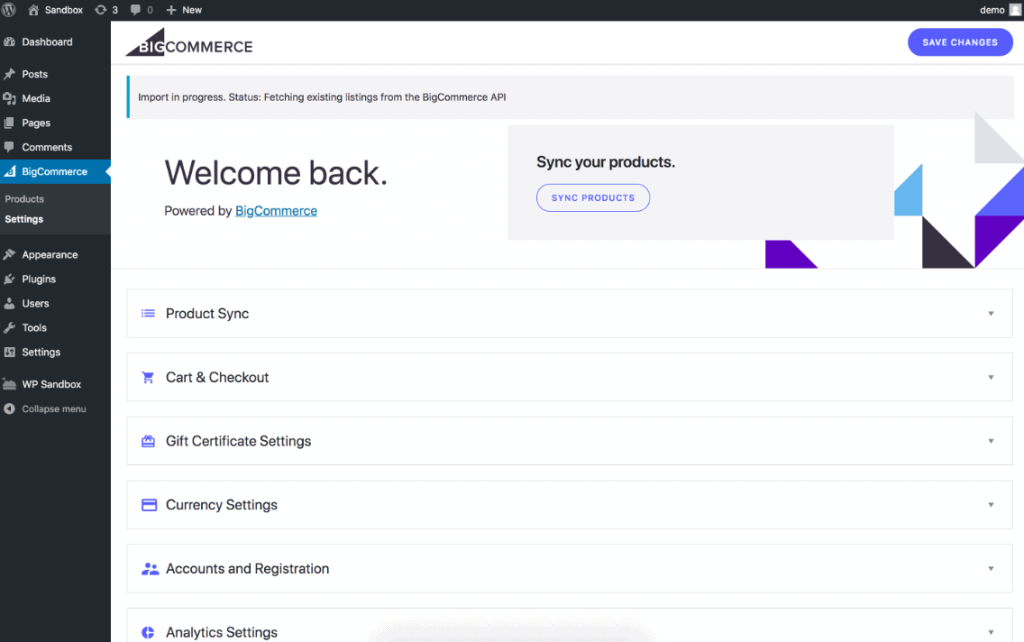
Your application isn’t working the way it should. The first thing you’ll want to see in such an instance is the whole bunch of application logs. The two worst issues that can face a developer at such a time are to either lack the logs or to lack a means by which they can access the logs quickly. The problem with localized logging is that it just happens on your own workstation. You may want to, from time to time, access logs from a workstation other than your own or server. That’s where a cloud-hosted log management solution comes in.
The Problems With Local Logs
Usually, your applications are saved on disk drives where you developed them. The problem is that you will often have an application that runs on a lot more than one machine. Usually, it runs on many different servers, and each of those servers will do its own logging. You will find some common issues with such logs:
-These logs are harder to access because they stretch across many different servers and sometimes many different applications, some of which are still in production
-It can be hard to find the correlation between different log statements when you want to find the ones that relate to the particular transaction you are dealing with
-It might be hard for you to search through the logs to find the data which you are looking for
-The logs may not be stored on your disk permanently but may be there for a limited time
-If you want to archive the logs for the long term, you will have to find a way to get them from the server
A cloud-hosted log management solution should be able to solve all of these problems while offering many more features. There are several benefits to working with a cloud logging service.
The Benefits of Cloud Logging

1. Searching Logs Becomes Easier
If you’ve ever tried to search log data, then you know how difficult it can get. Log data is unstructured, and plenty of useful metadata is not included in the log data. When you contract the services of a cloud logging service you get plenty of additional information in the log files, including such things as the logging level, web request details, thread hash, transaction ID, application logging, application name, environment, server name and so on. It is easy to search through all of these fields, which makes it even easier to find the kind of information you are seeking.
2. Logs Become Structured
This is a direct cause of being able to search the logs easier. When you use a cloud logging service, you can log additional data from your program code, which can be added as custom fields in log data, and you can search them after that. You could add client IDs to log actions and events that occur on the client side and many other things.
3. It’s Easier to Monitor Logs

When you contract a cloud logging service, you get all of your logs in one place. Having them in a centralized location not only makes it easier to search through the logs but also makes it easier to analyze them and find correlations between logs from different servers and applications.
Ultimately, logs are supposed to be used to give you insight into the performance of your system or application. You want to be able to perform a comprehensive analysis of the log data so that you can see little connections that will tell you even more about what is right and wrong with your system. Errors that pop up in one area may have a direct or indirect connection to errors that pop up in another seemingly unrelated area. You won’t know what that potential connection is if you don’t log your data.
4. You Track Errors in Your Application

It’s important to track all of the errors that are logged by your application. These are usually the first place to look when you want to find out what is going wrong with your application. Whether they are null references, database timeouts or whatever kind of error, they are important when it comes to finding out what is wrong with your system.
A cloud logging system will alert of all errors logged by your system and provide comprehensive reports of the same. You will know the first instance of the errors, the frequencies of their occurrences and much more. You won’t be able to know any of that by looking at the simple text files generated by your local logs.
Original post: The Benefits of Cloud-hosted Log Management








